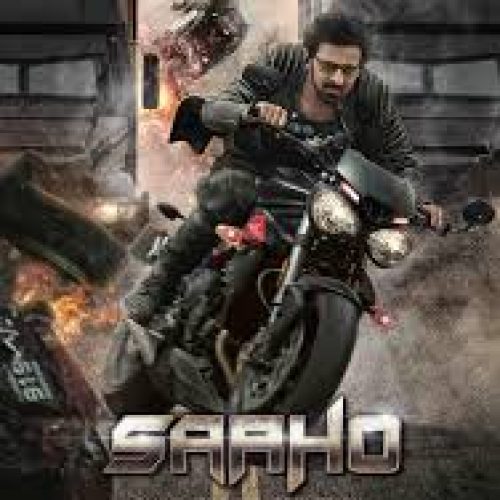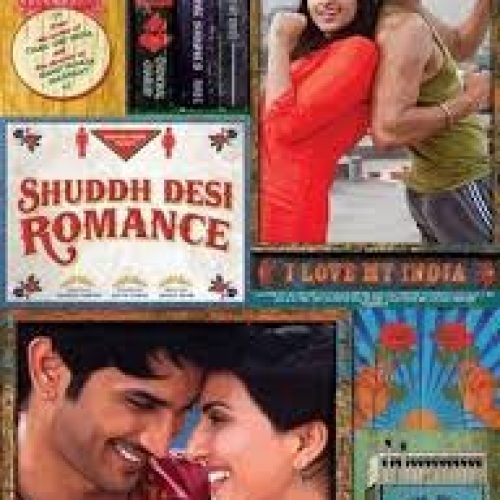There’s something different about the third year at Hogwarts, and it’s not just the darker tone—it’s the sense of a world expanding in ways both wondrous and dangerous. Directed by Alfonso Cuarón, Harry Potter and the Prisoner of Azkaban (2004) marks a significant shift in the franchise’s style and mood. Starring Daniel Radcliffe, Rupert Grint, and Emma Watson, this film transports the audience to a more mature, atmospheric version of Hogwarts, where time and danger play central roles. Set in the early 90s, the film takes place across the iconic locations of the wizarding world, including the snowy expanses around Hogwarts and the ominous halls of the school itself. While still rooted in the fantasy adventure genre, this installment has a much darker, more character-driven approach, blending mystery, magical elements, and deep emotional undertones.
The plot follows Harry as he enters his third year at Hogwarts, only to learn that an infamous prisoner, Sirius Black, has escaped from the wizarding prison of Azkaban. Rumors suggest that Sirius is out to kill Harry, and the atmosphere around the school becomes tense with the arrival of the soul-sucking Dementors, dark creatures guarding Hogwarts from the threat. As Harry, Ron, and Hermione navigate the year, Harry discovers unsettling truths about his parents’ past, his connection to Sirius, and the dark forces still at play. The film masterfully intertwines moments of fear, hope, and friendship, leaving audiences both thrilled and emotionally invested as it unravels its secrets.
What stands out the most in this film is its shift in direction. Cuarón’s distinct style is a stark departure from the more traditional, whimsical tone of the first two films. His use of natural lighting, fluid camera work, and an overall more cinematic approach bring a grittier, more atmospheric feel to the world of Harry Potter. A brilliant example is the sequence involving the Dementors, where the slow-motion shots and desaturated colors capture the sheer terror of these creatures. Cuarón’s decision to allow the actors more freedom with their costumes and performances also reflects his desire to highlight the characters’ growth. The flowing robes of the first two films give way to casual clothes, mirroring the emotional and personal development of the young trio. His vision allows for a more nuanced portrayal of Hogwarts and its students, marking a clear evolution in both the narrative and visual storytelling.
Another critical aspect that elevates this film is the acting. Daniel is noticeably more confident as Harry, embodying the boy-who-lived with a growing sense of responsibility and emotional depth. His portrayal of Harry’s fear, anger, and yearning for family is particularly moving in the scenes where he learns about Sirius. Emma’s Hermione continues to be the brainy, loyal friend, but she shines with more vulnerability and strength, especially in scenes involving time travel. Rupert’s Ron, while still providing comic relief, becomes more grounded, balancing the trio’s dynamic with his practicality and bravery. Gary Oldman’s introduction as Sirius Black is a standout; he manages to convey a sense of danger and madness, but also a deep, underlying sadness. The supporting cast, especially David Thewlis as Professor Lupin, adds layers of complexity to the story, with Thewlis’ portrayal of Lupin striking the perfect balance between mentor, friend, and someone hiding a dark secret.
Special effects in this film reach new heights, especially with the creation of the Dementors and the magical creature Buckbeak, the Hippogriff. The Dementors are genuinely terrifying, their skeletal hands and faceless, dark cloaks floating eerily as they drain happiness from those around them. The sequence where Harry faces them for the first time is a visual and emotional highlight, with the chilling special effects intensifying the sense of dread. Buckbeak, on the other hand, is a marvel of CGI. The scene where Harry flies on Buckbeak’s back is both visually breathtaking and emotionally uplifting, showcasing how far the franchise had come in terms of effects. The blend of CGI and practical effects, such as the Whomping Willow’s violent branches, feels seamless and enhances the magical realism of the world.
Cinematography by Michael Seresin is another highlight. The film often uses wide shots to capture the vastness of the landscapes, creating a sense of isolation that mirrors Harry’s emotional state. The shifting seasons at Hogwarts are beautifully captured, especially the scenes where snow blankets the grounds or when autumn leaves signal the passing of time. The time-travel sequences are particularly clever, with subtle camera movements and edits that hint at the complexities of the narrative. The scene where Hermione and Harry watch themselves from a hidden vantage point is executed flawlessly, the camera following their every move while creating tension and intrigue.
The music, composed by John Williams, is as enchanting as ever, but with a more mature, darker tone that complements the film’s themes. While familiar motifs from earlier films remain, Williams introduces new, haunting themes, particularly during the Dementor scenes and the time-turner sequence. The score seamlessly transitions from whimsical to suspenseful, capturing both the light-heartedness of the magical world and the foreboding danger lurking in the shadows. The music is instrumental in building tension, especially in moments where danger feels imminent but isn’t yet visible.
The production design is as immersive as always, with notable updates. Hogwarts feels more alive, less like a castle set and more like a breathing entity, with its winding staircases, moving portraits, and changing seasons. The introduction of new magical locations, such as the Shrieking Shack, adds to the sense of discovery, while familiar places like Hagrid’s Hut feel cozier yet more foreboding due to the darker tone of the narrative.
Overall, Harry Potter and the Prisoner of Azkaban stands as a turning point in the series, pushing the boundaries of both storytelling and visual execution. Cuarón’s direction is visionary, bringing depth and nuance to a tale that balances childhood wonder with the darker realities of the wizarding world. The film is not only a thrilling adventure but also an emotional exploration of loss, fear, and friendship. For fans of the series, this installment is a must-watch, offering a more mature, complex experience without losing the magic that made the earlier films so beloved. With stunning performances, groundbreaking visual effects, and a hauntingly beautiful score, this film cements itself as one of the strongest in the franchise. If you’re ready for a journey that is equal parts thrilling and emotionally resonant, this is the movie to watch.







